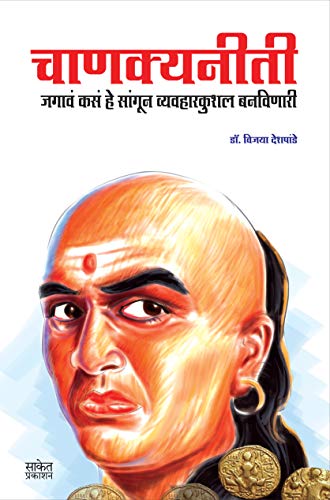
Bare Act provision of Section 4 of the 1904 Act is as follows:
4. Acquisition of rights in or guardianship of an ancient monument.—(1) The Collector, with the sanction of the 1[Central Government], may purchase or take a lease of any protected monument.
(2) The Collector, with the like sanction, may accept a gift or bequest of any protected monument.
(3) The owner of any protected monument may, by written instrument, constitute the Commissioner the guardian of the monument, and the Commissioner may, with the sanction of the 1[Central Government], accept such guardianship.
(4) When the Commissioner has accepted the guardianship of a monument under sub-section (3), the owner shall, except as expressly provided in this Act, have the same estate, right, title and interest in and to the monument as if the Commissioner had not been constituted guardian thereof.
(5) When the Commissioner has accepted the guardianship of a monument under sub-section (3), the provisions of this Act relating to agreements executed under section 5 shall apply to the written instrument executed under the said sub-section.
(6) Where a protected monument is without an owner, the Commissioner may assume the guardianship of the monument.
This provision is adopted as Section 5 of the AMASR Act with some modifications. The colonial policy of acquisition is having an impression on the Section 5 of AMASR Act which is in force, causing serious violation of the rights related to holding property. Similarities and differences between the Section 4 of the 1904 Act and Section 5 of the AMSRA Act are as follows:
Section 4 of the 1904 Act, and Section 5 of the AMASR Act, share a core framework for government acquisition and guardianship of protected monuments, empowering an official i.e. Commissioner in 1904 Act and Director-General in AMASR Act, with Central Government sanction to purchase, lease, or accept gifts/bequests of such sites. Both provisions allow the official to assume guardianship over ownerless monuments via notification and permit owners to voluntarily constitute the official as guardian through a written instrument, with the owner retaining estate, rights, title, and interest except as expressly provided. In both, accepted guardianship extends the Act’s agreement provisions i.e. Section 5 in 1904 Act and Section 6 in AMASR Act to the guardianship instrument, ensuring continuity in preservation obligations.
Section 4 of the 1904 Act focuses on the Commissioner’s role in direct acquisition or guardianship without explicit safeguards for religious use, whereas Section 5 of the 1958 Act assigns these powers to the Director-General and explicitly states that nothing shall affect customary religious observances, reflecting postcolonial sensitivity to cultural practices. The 1904 provision lacks a notification mechanism for ownerless monuments, relying on assumption, while the AMASR Act mandates Official Gazette notification for such assumptions, enhancing transparency. Additionally, the AMASR Act cross-references Section 6 for agreements, adapting the structure from the 1904 Act’s Section 5, and omits any reference to places of worship in acquisition limits, unlike implied restrictions in the earlier law.
Section 5 of the AMASR Act 1958 is incompatible with modern heritage requirements by vesting unchecked authority in the Director-General and Central Government for acquisition and guardianship[1] without mandating community consultations, indigenous rights recognition, or environmental impact assessments as per UNESCO standards[2] and the UN Declaration on the Rights of Indigenous Peoples[3] i.e. Sanatanis. Its focus on top-down mechanisms like purchase, lease, or voluntary guardianship ignores contemporary needs for public-private partnerships, digital documentation, and adaptive reuse amid urbanization and climate change, perpetuating a colonial-era state-centric model that marginalizes stakeholder participation and fails to integrate sustainable development goals or provisional protections during disputes.
[1] “The Ancient Monuments and Archaeological Sites and Remains (Amendment) Bill, 2023” Anjali Gandhi, The Swaniti Blog, Dt. 16.09.2024, available at https://www.swaniti.com/the-ancient-monuments-and-archaeological-sites-and-remains-amendment-bill-2023/, Last visited on 16.07.2025
[2] “Convention Concerning the Protection of the World Cultural and Natural Heritage”, UNESCO, available at https://whc.unesco.org/en/conventiontext/#:~:text=to%20adopt%20a%20general%20policy,scientific%20research%20in%20this%20field., Last visited on 24.07.2025
[3] “United Nations Declaration on the Rights of Indigenous People”, United Nations, Dt. 13.09.2007



